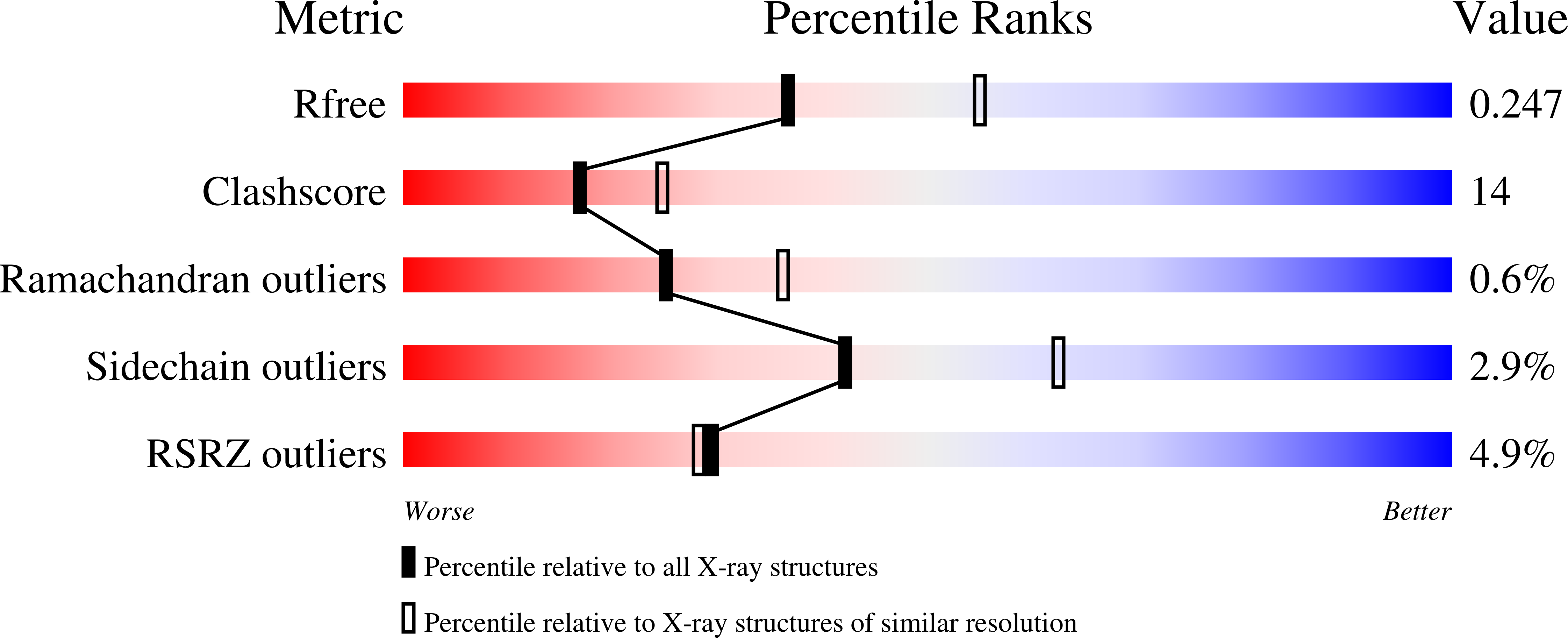
Deposition Date
2021-01-06
Release Date
2021-04-28
Last Version Date
2024-11-13
Entry Detail
PDB ID:
7BGC
Keywords:
Title:
human butyrylcholinesterase in complex with a tacrine-methylanacardate hybrid inhibitor
Biological Source:
Source Organism:
Homo sapiens (Taxon ID: 9606)
Host Organism:
Method Details:
Experimental Method:
Resolution:
2.40 Å
R-Value Free:
0.24
R-Value Work:
0.20
R-Value Observed:
0.20
Space Group:
I 4 2 2


